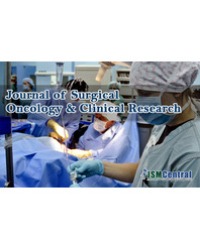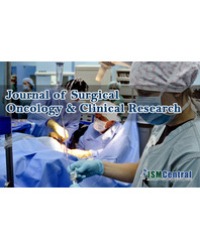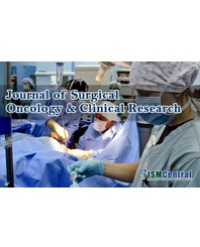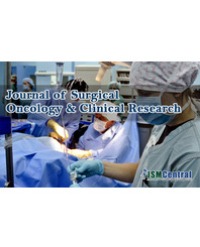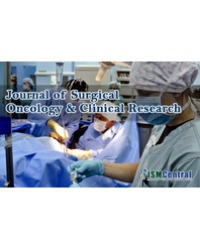
Merkel Cell Carcinoma of the Inguinal Lymph Node in the Absence of a Primary Site: A New Case Report and Literature Review
Introduction: Merkel Cell Carcinoma (MCC) is a rare and aggressive neuroendocrine tumor of the skin. The main characteristics are frequent local recurrences and disseminations to regional lymph nodes and distant organs. MCC within the lymph nodes in the absence of a primary site is rare and few cases have been reported by the literature.
Case Report: We report a case of MCC presenting as a painless mass in the left inguinal area for 6 months in a 48-year-old women. The histopathology of the excised lesion revealed a poorly differentiated basophilic small cell tumor. The immunohistochemical study finding the diagnosis of a metastatic MCC. Despite extensive clinical and radiological investigation, we failed to identify the origin of the tumor.
Conclusion: Rare cases of MCC confined to a lymph node without an apparent primary site have been reported. We report a new case of MCC in the inguinal lymph node without identification of the primary site.
Mohamed Amine Azami¹, Othman Lahbali¹, Iliass El Alami², Zouidia F¹, and Mahassini N¹*

